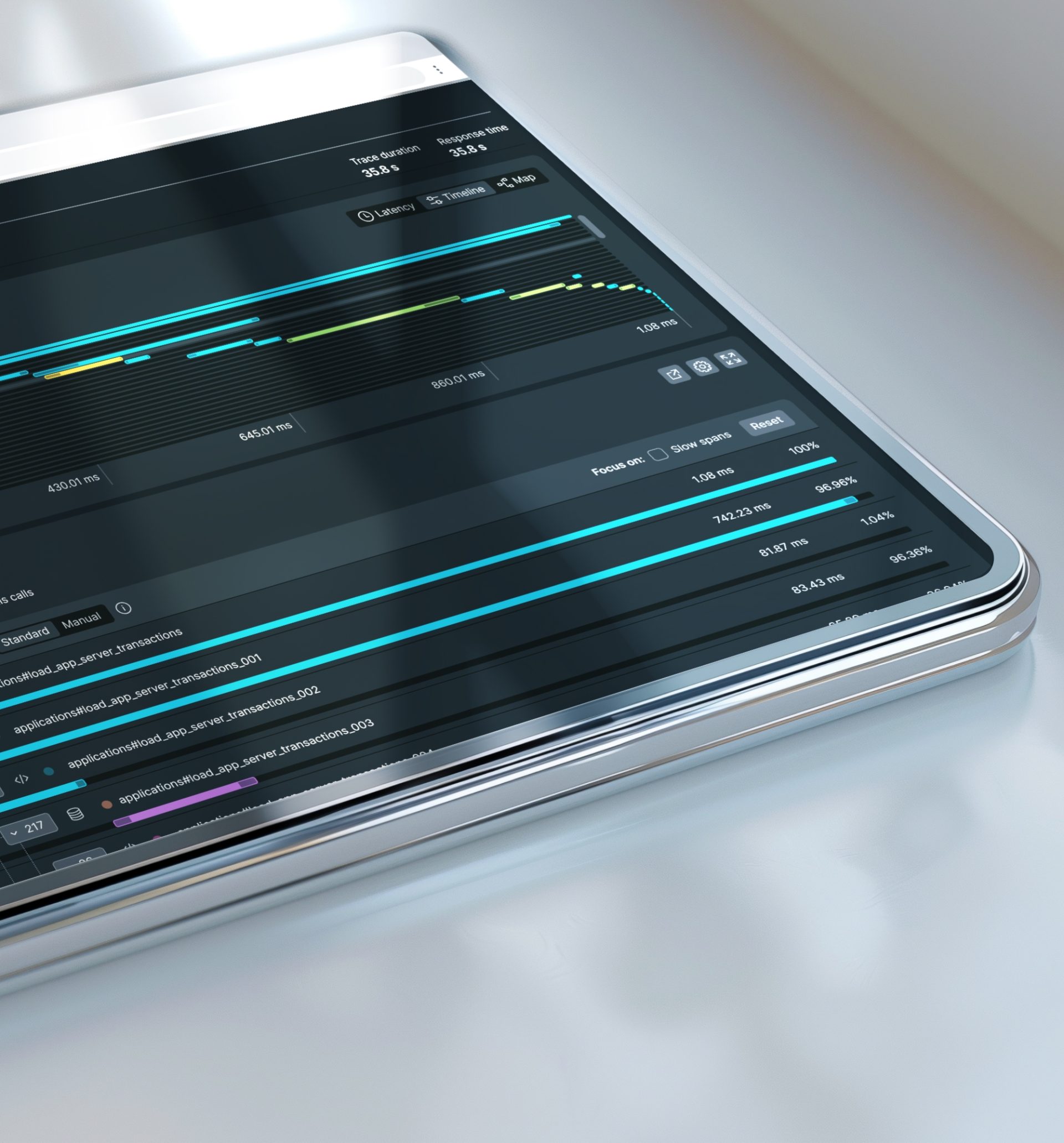Unified Tracing
Unified Tracing
In today’s complex microservices architectures, distributed tracing has become an essential tool for gaining visibility into how systems behave in real time. It provides a way to track requests as they move through multiple services, helping teams diagnose bottlenecks, latency issues, and system failures. However, the sheer scale of modern distributed systems can make it challenging to effectively aggregate and analyze these traces in a unified, coherent manner.
Why do we need it?
Unified tracing addresses this challenge by offering a holistic view of distributed traces across an entire system, providing key insights not only into individual service performance but also into how services interact with each other — all within a consistent UI.
How does this design solve the problem?
In this design, I showcased my approach to unified tracing by enabling seamless trace aggregation, visualization, and analysis — leading to more effective performance optimization and troubleshooting across multiple devices.
Task
Unified Tracing in Distributed Systems



